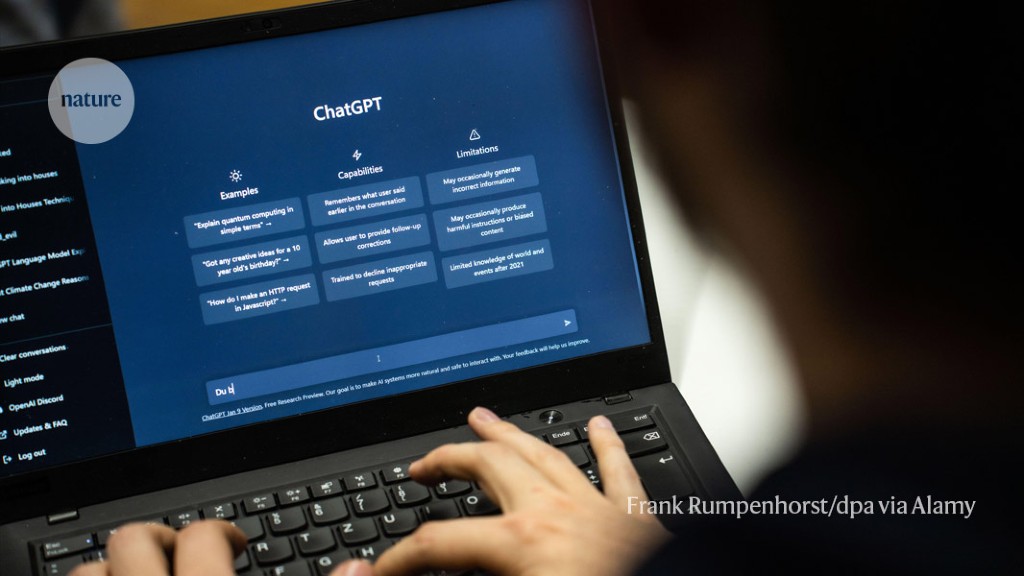BREAKING: Revolutionary New Software Exposes AI-Generated Science Papers!
In a groundbreaking study, researchers have unveiled a powerful machine-learning tool that can easily detect when chemistry papers are written using the infamous AI chatbot, ChatGPT. This game-changing software, which outperforms other AI detectors, has the potential to expose papers created by AI text generators and could revolutionize the world of academic publishing.
Unlike previous text analysis tools that aim for general detection, this specialized classifier hones in on a specific type of paper, ensuring unbeatable accuracy. Lead researcher Heather Desaire explains, “We were really going after accuracy with this tool.” And boy, did they hit the mark!
The study reveals that by tailoring the software to specific types of writing, like chemistry papers in this case, AI detectors can reach new heights. According to Desaire, “If you can build something quickly and easily, then it’s not that hard to build something for different domains.” This means that the days of AI-generated papers slipping under the radar could soon be over.
So, how does this revolutionary software work? It uses machine learning to examine 20 features of writing style, including sentence lengths, word frequency, and punctuation usage, to differentiate between academic scientists and ChatGPT. And guess what? It can achieve an astoundingly high level of accuracy using just a small set of features. Talk about impressive!
In their latest study, researchers put this cutting-edge detector to the test by training it on introductions from ten chemistry journals. They found that the tool could flawlessly identify sections written by ChatGPT-3.5, with a staggering 100% accuracy when provided with titles. Even when only given abstracts, the accuracy only dropped slightly to 98%. In comparison, other AI detectors like ZeroGPT and OpenAI’s text-classifier performed poorly, with accuracy rates ranging from 10% to 65%.
But let’s not get ahead of ourselves. This software is designed specifically for scientific journal articles and struggles to recognize articles from university newspapers. So, while it’s a game-changer for academic publishing, it has its limitations.
Nevertheless, this breakthrough has sent shockwaves through the scientific community. Debora Weber-Wulff, a computer scientist specializing in academic plagiarism, describes the research as “fascinating” and believes it offers a fresh approach to authorship detection. However, she warns that AI-detection tools won’t solve the bigger issues plaguing academia, such as the pressure to publish papers quickly and the devaluation of the writing process.
What do you think of this mind-boggling discovery? Are you excited about the potential implications for AI-generated papers? Leave a comment below and let us know your thoughts!
COMMENT BELOW: What do you think of this new AI-detection software? Has AI gone too far, or is it a necessary tool in today’s fast-paced academic world? Let us know your thoughts!
IntelliPrompt curated this article: Read the full story at the original source by clicking here a fun game: sprunki horror

